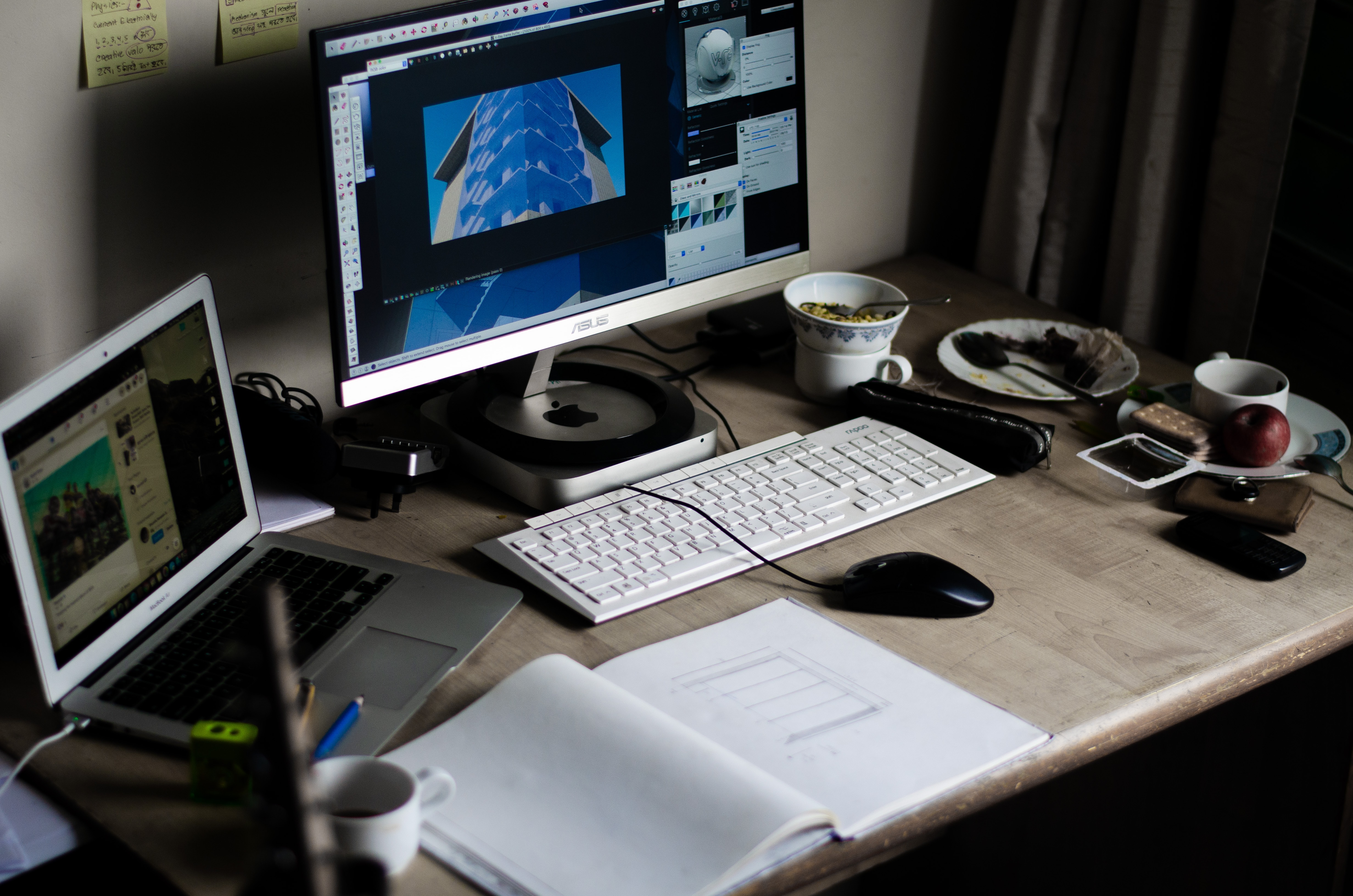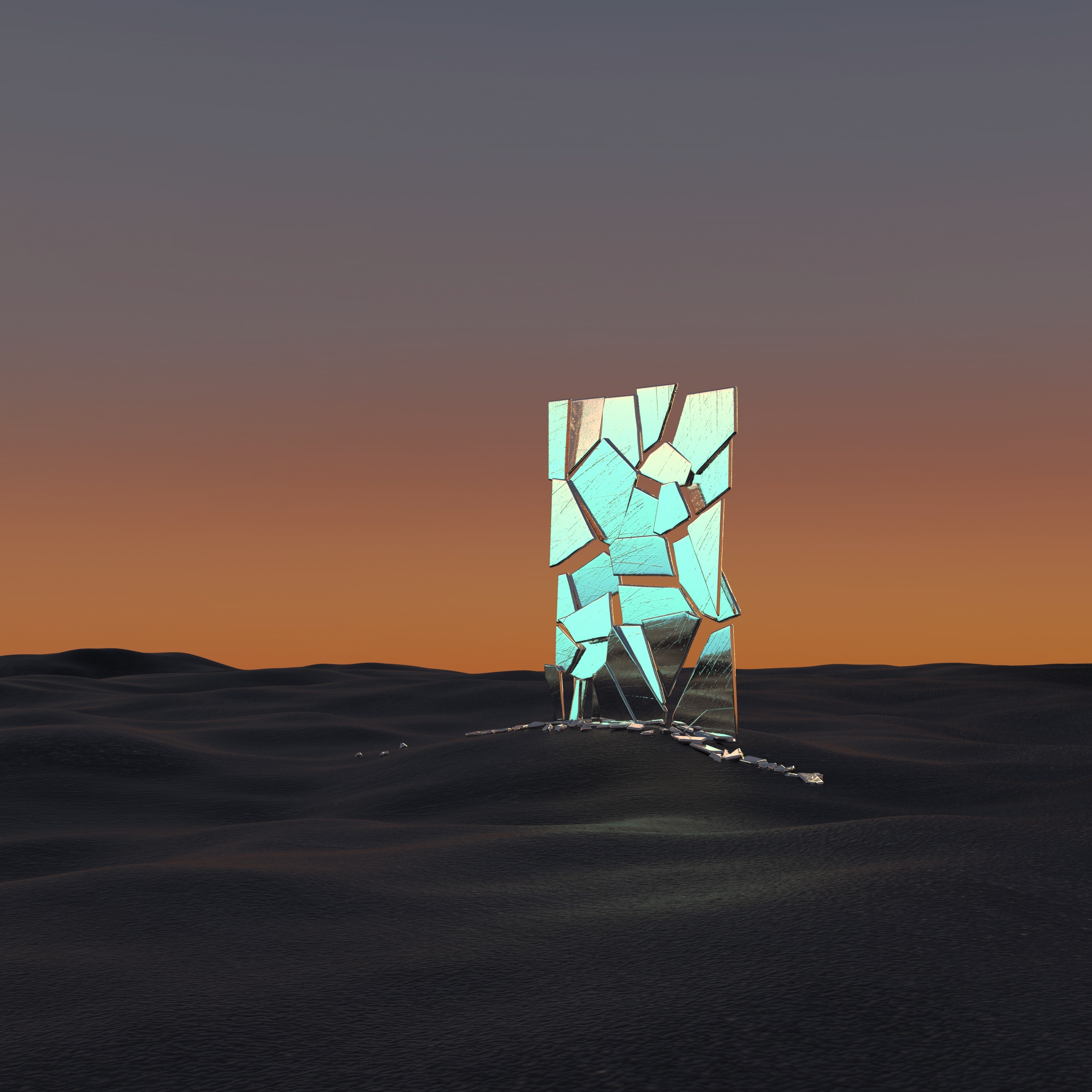Basic answers about the intricacies of the profession, the difficulty of starting, inspiration, challenges and prospects in the industry. Why motion design is fascinating, where the pitfalls are and how to develop.
In a previous article, we looked at the top 2023 trends in UX/UI and motion design (Motion Design) has an important place among them.
It is on trend for several important reasons:
- animated elements and motion give designs a unique visual dynamic that attracts attention and makes content more interesting;
- animation can help explain complex concepts or processes in a clearer and easier way, making it an ideal tool for education and informational content;
- in the age of social media and video content, motion design is becoming an integral part of marketing strategies. Short animations are easily consumed on platforms such as Instagram, TikTok and YouTube;
- animated logos and branding elements can reinforce brand recognition and uniqueness, which is important in a competitive environment;
- animation can add an element of interactivity to web design and mobile apps, which improves user experience;
- emotional impact: motion and animation can evoke emotions in viewers, which can be used to enhance the effect of a message or advertisement.
Modern tools and software make creating animations more accessible and efficient. This allows more designers and marketers to use motion design in their work. This direction is worthy of study and even a separate profession!

Interview
We had a chat with a newly minted motion designer. Meet Anya Burda (you can see her portfolio on Behance here), she started on this path recently and here's why.
- Hi. Tell us why you chose this particular direction?
- I've been fascinated by animation since childhood, I loved to analyze how cartoons, music videos or cool commercials are made. I tried to understand what makes them unique. Motion design combines art and technology. In today's world, visuals play a huge role, especially in media and advertising.
I love telling a story through movement and influencing audiences through dynamic and eye-catching solutions. I love exploring new techniques and trends in the world of animation and graphic design. I've long wanted to switch into a profession that deals with visual perception. And motion design fit perfectly into my expectations. There is always room for creativity and innovation.
- Can you name the standard tasks for a motion designer and what exactly do you do?
- To generalize, the task of a motion designer is to give objects a certain idea and character, to make them "alive". The work involves different formats, from animation of graphic elements or logos, to complex clips or special effects for shows, movies, video games, or character animation. It can also be animating user interface (UI) elements for mobile apps, websites, and software.
Since I'm at the beginning of my journey, I'm doing a little bit of everything, so I can decide what I like more and then direct my energy in a specific direction.
- What would you ideally like to do?
- Ideally, in the future I would like to create my own studio, gather a team of like-minded people and do animation of cartoons. Pixar is very inspiring in this respect.
- What format do you plan to work in? Hiring, freelancing?
- At this stage of learning a little bit of everything, I'm more comfortable with freelancing. That is if we don't talk about its other advantages like free time, working from anywhere in the world and no ceiling on earnings.

- Where do you take orders?
- I take orders on freelance platforms Freelancehunt, Upwork and Fiverr. Each of them has its own peculiarities and difficulties. However, some projects are very interesting and diverse. With such projects, I pump up my skills and look for unorthodox solutions. For example, I had an experience of creating UI-animation for a mobile application of e-books and for a website of a beauty salon. And it was very interesting in terms of analyzing user experience. It is necessary not just to make graphic objects and icons move beautifully, but to create the effect of real, "live" communication between the user and the system, to make it pleasant and intuitive.
- Are there any difficulties and pitfalls of the profession that you didn't suspect at the beginning of your studies?
Before I started my training, I already suspected that it would not be an easy walk. And yet motion design managed to surprise me....
First of all, there are certain challenges on the technical side. There are heavy files with which the laptop will take a long time to load and give errors. Sometimes you can accidentally press some hotkey that you didn't even know about, and that's it, collapse! You spend half the day trying to get your desktop back in place. The process of edits can be time-consuming too, because sometimes rendering can be very long. When I rendered a video in Cinema 4D, for example, it took +-12 hours. And if the end result isn't right, even if it's a small detail, you have to fix it and expect to render again. Sometimes you sit on the project, meticulously animating, making some important (as you think) details. But at the general viewing you realize that conditionally the degree of the ball bounce and the percentage of its compression, which was spent 3 hours, are not so noticeable. After all, 1 frame in 1 second is a grain. Hence the problem with time management pops up. But with experience comes an understanding of how long a project will take. Then both the client and you can avoid stress and unfortunate breakdowns.
It happens that I create a picture of a future project in my head, but because of my lack of experience I start using only the tools I know how to use. And the end result is not exactly as I wanted, but as much as I was technically savvy enough. But praise YouTube and all the bloggers-animators who have made tutorial videos. With them you can improve your knowledge a lot. If you understand what query to enter, of course.
The world of motion design is constantly changing. New technologies and trends require learning and adapting to stay competitive. Striving to create unique and original animation can be a challenge. Competition in this field is huge, so it's important to be able to stand out.
Understanding and meeting customer needs can be difficult. Effective communication and the ability to interpret his idea from the beginning plays an important role in the success of the project.

- What are the prospects for the direction? Aren't you afraid of being replaced by AI?
- With the development of online platforms and streaming services, as well as the increasing use of social media, there is a constant need for visually appealing content. A static picture definitely loses out to an animated one.
Motion design is being used to create educational materials, online courses and instructional videos, making this field in demand in the education sector. Developments in virtual and augmented reality and the gaming industry are creating new opportunities for motion designers to create interactive and immersive visual experiences.
I do not deny the presence of artificial intelligence in motion design. Moreover, I am already actively using it for my own purposes. Many monotonous processes can be automated and accelerated. However, the role of a human being and his emotional perception are extremely important for creating a captivating result. A successful advertising campaign, for example, needs to be relevant, apt, and tug at the heartstrings. I believe that such a fine line can only be felt by a human being. Motion design involves creative process, decision making, art and design, which are difficult to automate completely. Artificial intelligence can help simplify some tasks, but creating unique and eye-catching animations is still in the hands of creative professionals.
Instead of fearing automation, motion designers should use AI as a tool to improve their work and empower themselves.
- Where do you draw inspiration for creating animations?
- I've made a habit of starting my morning by browsing my feed on Behance, Pinterest or Dribble. In each social network I surrounded myself with examples of quality motion design, subscribed to cool animators.
Watching modern cartoons, short films, and even classic animated masterpieces can also inspire you to create your own animations. Sometimes literature and music can evoke emotions and images that you want to realize in After Effects.
You should also keep up with the latest trends and new technologies in the world of computer graphics and animation. This will help stimulate creativity. And, of course, it is important to communicate with colleagues. Sharing ideas and experiences with other motion designers can be very inspiring.
Here is a video from Anya's YouTube channel with her work:
Learn and implement trends!
In the UX/UI Legend online course, students learn not only the basics of web design, but also how to create animations in Figma. This is a useful skill that comes in handy for realizing a variety of goals:
- Creating interactive prototypes, which allows web designers to visualize how users will interact with a website or application.
- Demonstrating to customers or the development team how animations on a website should work.
- Hover effects and transitions.
Animations in Figma help you work more efficiently on dynamic and interactive design elements, improving the prototyping process and providing a clearer and more visually appealing presentation for customers and developers. Want to make cool designs with modern solutions? Then we are waiting for you at the training! New enrollment for the online course "UX/UI Legend" is already open!
